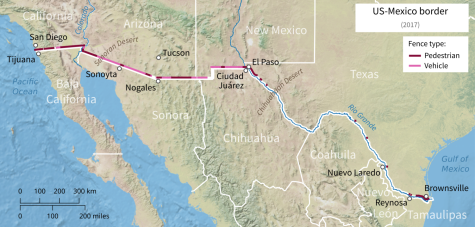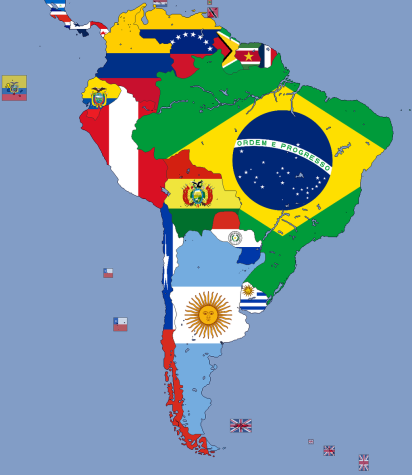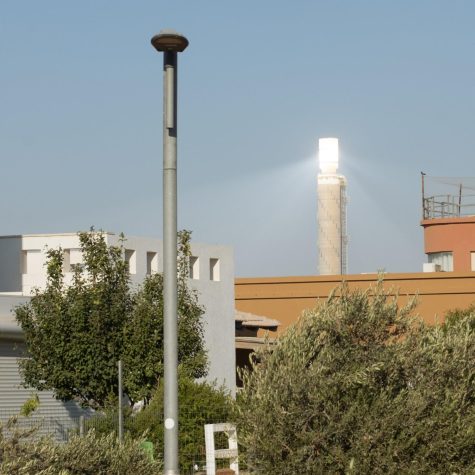The Gay/Trans Panic Defense
The pride flag was redesigned in 2018 to include more members of the LGBTQ+ community
Despite widespread public protest, the Gay/Trans panic defense is still being used today, causing members of the LGBTQ+ community to face prosecution based on the pretense that their orientation is the primary cause for the victim’s reaction.
The LGBTQ+ Bar states,“The Gay/Trans panic defense act is a legal strategy that asks a jury to find that a victim’s sexual orientation or gender identity/expression is to blame for a defendant’s violent reaction, including murder.” This same article says “When a perpetrator uses an LGBTQ+ “panic” defense, they are claiming that a victim’s
Sexual orientation or gender identity not only explains—but excuses—a loss of self-control and the subsequent assault.
“By fully or partially acquitting the perpetrators of crimes against LGBTQ+ victims, this defense implies that LGBTQ+ lives are worth less than others.” In other words, the Gay/Trans panic defense act makes prosecution of a person of the LGBT+ community legal based on the basis of a threatening
One of the most recognized cases that employed the LGBTQ+ “panic” defense was that of Matthew Shepard. In 1998, Matthew Shepard, a 21-year-old college student, was murdered. The men attempted to use the LGBTQ+ “panic” defense to excuse their actions.
Despite widespread public protest, the defense is still being used today.
Most people who die from this act are trans women of color. According to St. Edward’s University, “Of 31 trans women where race/ethnicity information is available, the majority were people of color, with 21 (67.74%) of the victims African-American, 7 Latinx (22.6%), 2 (6.45%) Caucasian, and 1 Native American (3.23%).”
The reality of the situation is that the defendants are not surprised when they find out that the victim is a part of the LGBTQ community.
“In many cases where the gay and trans panic defenses have been raised, we see that the victim and the defendant had a relationship prior to the homicide or the homicide occurred in the course of a robbery,” said lead author Christy Mallory, Legal Director at the Williams Institute. “These findings suggest that defendants were not surprised or in a state of panic when the homicides occurred.” This exemplifies that this act is only there to support the unjustified prosecution of LGBTQ people.
Key information about the Gay/Trans Panic Defense :
- – LGBTQ people were about four times more likely to experience serious violence, including rape or sexual assault, robbery, and aggravated or simple assault than non-LGBTQ people.
- – LGBTQ people were more likely than non-LGBTQ people to experience violence at the hands of someone well-known to them.
- – Transgender people are more then four time more likely to experience violence the cisgendered people.
- – In 2015 a transgender server was sent out and the respondents had reported that they had been sexually assaulted at some point in their lives. One in ten had been assaulted the year prior.
- – In 2020 W. Carsten Anderson, associate professor at St. Edwards University, found that the gay and trans-panic defense were used at least 104 times across 35 states, the distract if Columbia, and Puerto Rico between1970 and 2020.
- – This act was founded and started in 1920 – on goingWhat states still use the gay / trans panic defense in 2021?
- – Alabama
- – Alaska
- – Arizona
- – Arkansas
- – Delaware
- – Florida
- – Georgia
- – Idaho
- – Indiana
- – Iowa
- – Kansas
- – Kentucky
- – Louisiana
- – Massachusetts
- – Michigan
- – Minnesota
- – Mississippi
- – Missouri
- – Montana
- – Nebraska
- – New Hampshire
- – New Mexico
- – North Carolina
- – North Dakota
- – Ohio
- – Oklahoma
- – Pennsylvania
- – South Carolina
- – South Dakota
- – Tennessee
- – Texas
- – Utah
- – West Virginia
- – Wisconsin
- – Wyoming
- – American Samoa
- – Commonwealth of the Northern Mariana Islands
- – Guam
- – Puerto Rico
- – U.S. Virgin Islands













